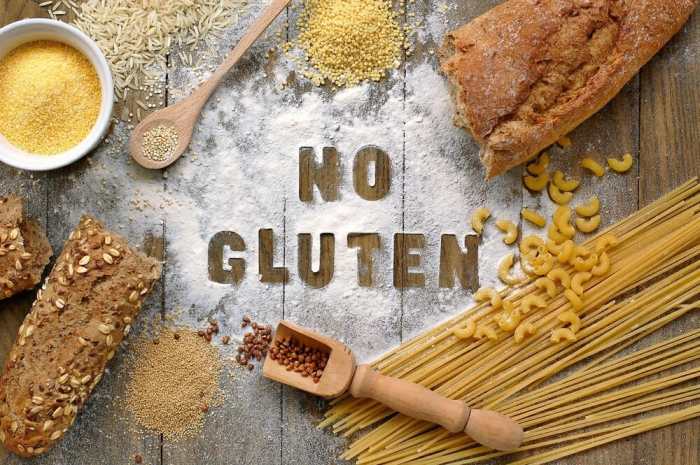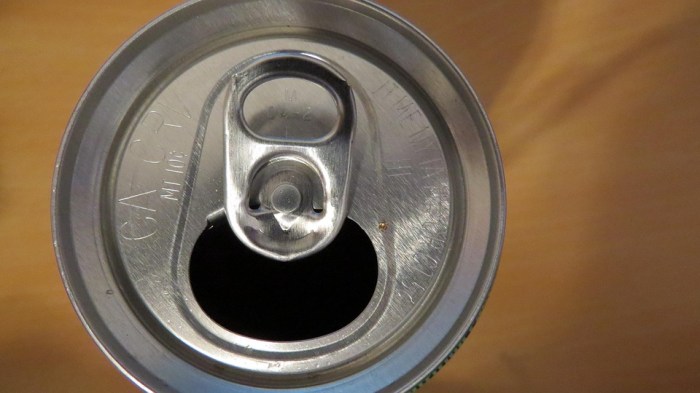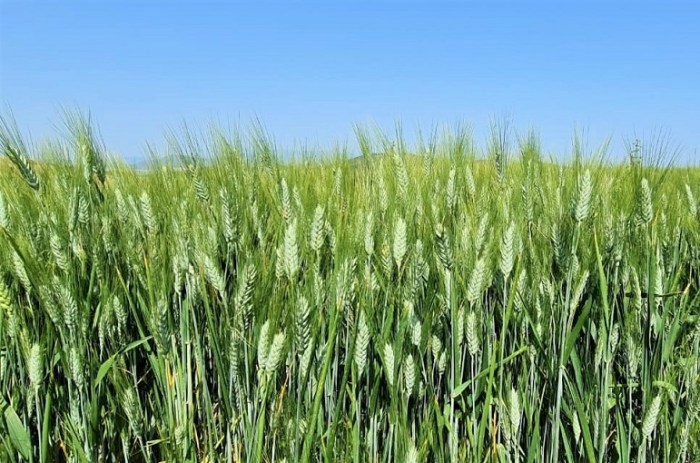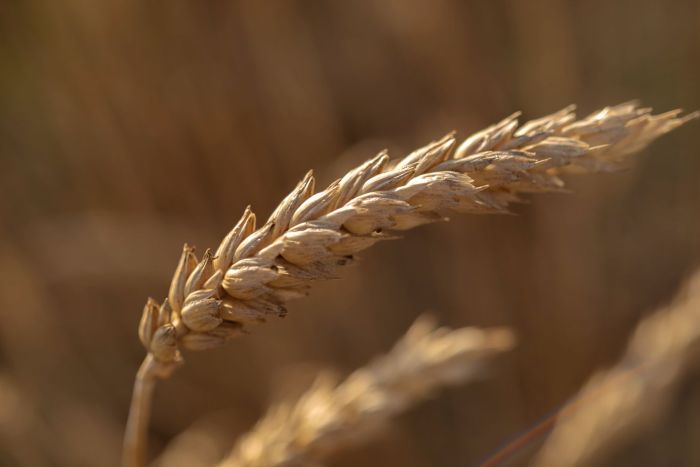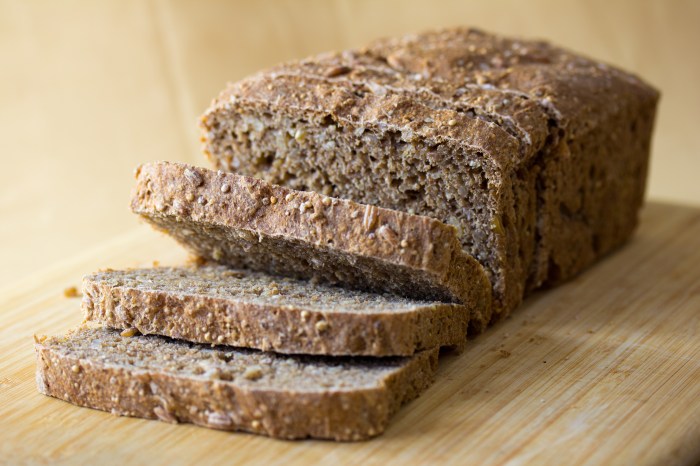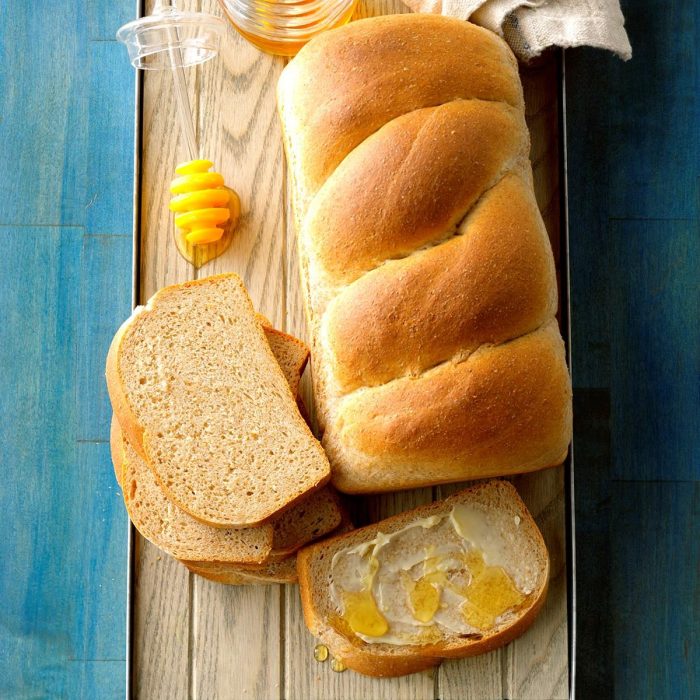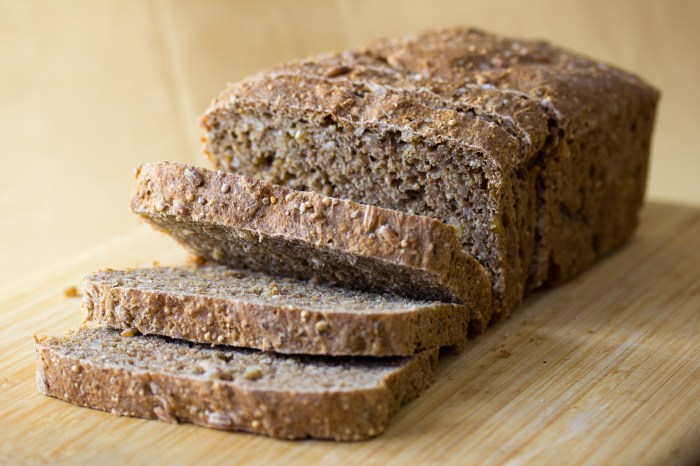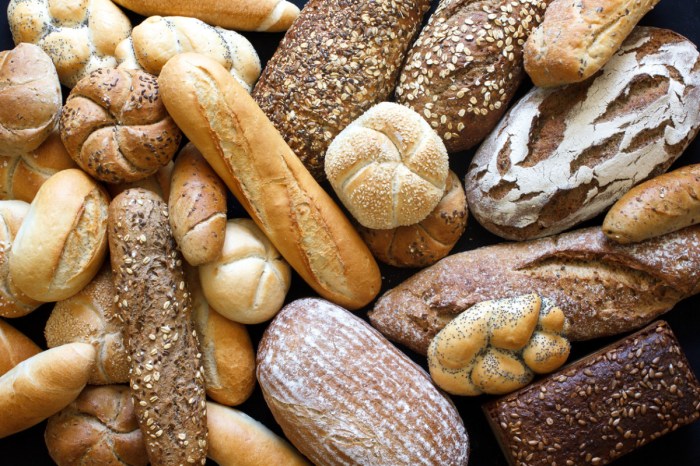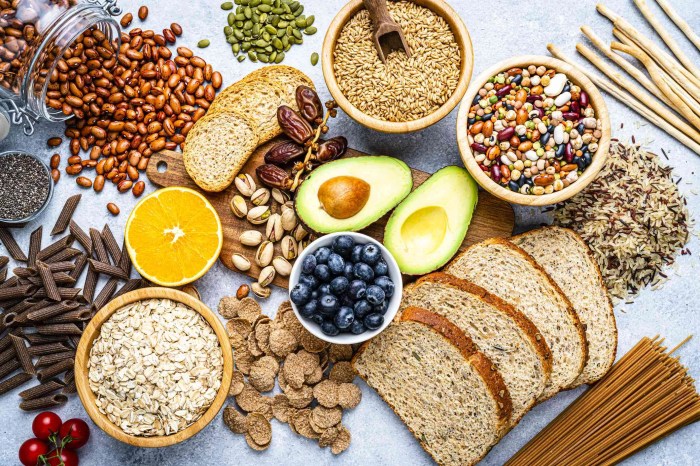Feel better gluten free is a journey to understanding and embracing a lifestyle that can significantly improve your well-being. This guide dives deep into the reasons why individuals choose gluten-free diets, exploring the health conditions, symptoms, and potential benefits. We’ll also examine the practical aspects, from meal planning and recipes to navigating social situations. Ultimately, this exploration will empower you to make informed decisions about your gluten-free journey.
From understanding the nuances of various gluten-free diets to exploring the “feel better” aspect of eliminating gluten, this comprehensive guide provides practical tools and information. We’ll examine how a gluten-free lifestyle can positively impact energy levels, mood, and overall health. You’ll discover how to incorporate gluten-free foods into your everyday meals, and find strategies for successfully managing a gluten-free life.
Understanding the Need for Gluten-Free Diets
A gluten-free diet has become increasingly popular, driven by a growing awareness of the impact of gluten on various individuals. This shift is fueled by a better understanding of how gluten affects digestion and the health implications for those with sensitivities. This exploration delves into the reasons behind choosing a gluten-free lifestyle, examining the associated health conditions, symptoms, benefits, and challenges.The prevalence of gluten intolerance and sensitivity is rising, and many individuals are actively seeking ways to manage these issues.
A gluten-free diet offers a path to alleviate symptoms and improve overall well-being.
Reasons for Choosing a Gluten-Free Diet
Gluten, a protein found in wheat, barley, and rye, can trigger adverse reactions in some individuals. This can lead to a variety of health issues, motivating the adoption of a gluten-free diet.
Health Conditions Leading to Gluten-Free Choices
Several health conditions are linked to gluten intolerance or sensitivity. Celiac disease, a serious autoimmune disorder, is triggered by gluten consumption. Non-celiac gluten sensitivity (NCGS) is another condition where gluten causes symptoms without the presence of an immune response. Other conditions such as irritable bowel syndrome (IBS) and wheat allergy can also lead individuals to adopt a gluten-free diet.
Going gluten-free has made a noticeable difference in my energy levels and overall well-being. It’s amazing how much better I feel! Finding the right balance of nutrients, though, can sometimes be a challenge. Similar to the process of discovering the right approach to a healthy lifestyle with gluten-free eating, navigating gender affirming hormone therapy can also be a journey of self-discovery and finding what works best for you.
Learning about gender affirming hormone therapy has been incredibly insightful, and it’s helping me understand more about my own health journey. Ultimately, prioritizing what makes me feel good, whether it’s a dietary change or a new treatment option, is key to feeling my best.
Common Symptoms of Gluten Intolerance or Sensitivity
Symptoms of gluten intolerance or sensitivity can vary from person to person. Common symptoms include digestive issues like bloating, abdominal pain, diarrhea, and constipation. Non-digestive symptoms such as fatigue, headaches, and skin rashes can also manifest. The severity of symptoms can range significantly, making diagnosis and management challenging.
Benefits of a Gluten-Free Diet
For those with gluten-related conditions, a gluten-free diet can bring significant relief from symptoms and improve overall health. Improved digestion, reduced inflammation, and increased energy levels are common benefits reported by individuals following this dietary approach. Beyond these, individuals might also see improvements in skin conditions, mood, and cognitive function. Furthermore, a well-planned gluten-free diet can provide nutritional benefits similar to a regular diet, albeit with a focus on alternative sources of nutrients.
Types of Gluten-Free Diets
Gluten-free diets vary in strictness. A strict gluten-free diet eliminates all foods containing gluten, emphasizing a complete avoidance of wheat, barley, and rye. A relaxed gluten-free diet might allow for occasional consumption of gluten-containing foods in small quantities, especially if carefully controlled and monitored. The choice depends on individual needs and tolerances.
Challenges of Maintaining a Gluten-Free Diet
Maintaining a gluten-free diet can present challenges. Finding gluten-free alternatives for everyday foods can be difficult. Cross-contamination is a significant concern, requiring careful attention to food preparation and dining practices. Social situations can also pose challenges, especially when eating out. The dietary restrictions necessitate a high degree of vigilance and careful planning to prevent unintentional gluten intake.
Gluten-Free Food Options
Following are some gluten-free food options categorized by source and preparation methods.
| Food Source | Preparation Methods |
|---|---|
| Rice | Steaming, stir-frying, baking |
| Corn | Cornmeal, corn tortillas, cornbread |
| Potatoes | Mashed, roasted, baked |
| Quinoa | Cooking, salads, side dishes |
| Buckwheat | Flour, noodles, pancakes |
| Soy | Soy sauce, tofu, tempeh |
The “Feel Better” Aspect of Gluten-Free
Going gluten-free can be a powerful step toward improved well-being for many individuals. Beyond the avoidance of gluten-containing foods, the potential for reduced symptoms and increased energy levels makes it a significant lifestyle choice for those who are sensitive or intolerant. Understanding how gluten impacts the body is crucial to recognizing the positive changes a gluten-free diet can bring.A gluten-free diet can significantly improve the quality of life for individuals with gluten sensitivities.
The reduction or elimination of gluten-related digestive issues often leads to better overall health, impacting energy levels, mood, and cognitive function positively. This improved well-being is a key driver behind the growing popularity of gluten-free lifestyles.
Improved Digestive Health
Digestive discomfort is a common complaint among those who are sensitive to gluten. Gluten, a protein found in wheat, barley, and rye, can trigger an inflammatory response in the digestive tract, leading to symptoms like bloating, gas, abdominal pain, and diarrhea. For those with celiac disease, a severe autoimmune response to gluten, the damage to the small intestine can be significant.
A gluten-free diet often leads to a marked reduction or elimination of these symptoms, resulting in a noticeable improvement in digestive comfort.
Reduced Symptoms
Numerous symptoms can be alleviated by eliminating gluten from the diet. These can range from the more obvious digestive issues mentioned above to less apparent symptoms like fatigue, headaches, and skin rashes. While individual experiences vary, a gluten-free diet can be a powerful tool in managing these issues and achieving a greater sense of well-being. Improved sleep quality is another potential benefit, often associated with reduced digestive discomfort.
Gluten and Digestive Issues: The Correlation
Gluten’s impact on the digestive system is well-documented. When gluten is consumed by individuals sensitive to it, the immune system may react, causing inflammation and damage to the lining of the small intestine. This can lead to impaired nutrient absorption and a cascade of digestive problems. In those with celiac disease, this response is severe, causing extensive damage to the small intestine.
A gluten-free diet can effectively address this issue and mitigate the inflammatory cascade.
Impact on Energy Levels and Mood
Improved digestion often translates to improved energy levels. By reducing or eliminating the digestive distress caused by gluten, individuals may experience a noticeable increase in energy throughout the day. This is particularly true for those with celiac disease or non-celiac gluten sensitivity. Further, a healthier gut microbiome often associated with a gluten-free diet can positively influence mood and reduce symptoms of anxiety and depression.
Feeling better gluten-free is a real game-changer, isn’t it? It’s amazing how much better I feel when I avoid gluten. Speaking of feeling better, have you ever considered if saunas can help with a cold? There are some interesting ideas out there on how saunas can potentially ease symptoms. A quick look at can saunas help you get over a cold might offer some insights.
Either way, I’m still sticking to my gluten-free diet, because it’s a definite win for my overall well-being.
Nutritional Comparison
| Food Item | Gluten-Containing | Gluten-Free Alternative |
|---|---|---|
| Bread | Wheat bread (typically high in carbs, often processed) | Rice bread, almond bread (can vary in nutritional content depending on ingredients) |
| Pasta | Wheat pasta (high in carbs, often processed) | Rice pasta, lentil pasta (lower in carbs, potentially higher in protein) |
| Cereals | Wheat-based cereals (often high in sugar and low in fiber) | Oat-based cereals (vary in nutritional content depending on brand and ingredients) |
| Beer | Wheat beer (high in carbs and alcohol) | Rice beer, gluten-free beer (can vary in nutritional content and alcohol content) |
Note: Nutritional content can vary significantly depending on the specific brand and ingredients used.
Sample Gluten-Free Meal Plan
This sample meal plan provides a basic framework for a gluten-free diet. It emphasizes whole foods and nutrient-rich options.* Breakfast: Gluten-free oatmeal with berries and nuts.
Lunch
Quinoa salad with grilled chicken or tofu.
Dinner
Baked salmon with roasted vegetables (such as broccoli, carrots, and sweet potatoes).
Snacks
Fruits, vegetables, gluten-free crackers, or hard-boiled eggs.This is a simplified example, and individual dietary needs may require adjustments. Consulting a registered dietitian or healthcare professional can help create a personalized plan.
Gluten-Free Food and Lifestyle Choices
Embarking on a gluten-free journey opens a world of delicious possibilities and requires a proactive approach to food choices. It’s more than just avoiding gluten; it’s about understanding how to incorporate nutritious gluten-free alternatives into your daily meals and snacks. This section delves into practical strategies for navigating the gluten-free world, from meal preparation to grocery shopping.A gluten-free diet doesn’t have to be restrictive or bland.
With careful planning and creative cooking, you can enjoy a wide variety of flavors and textures while maintaining a healthy lifestyle. The key is understanding the nuances of gluten-free products and making informed choices.
Incorporating Gluten-Free Foods into Your Diet, Feel better gluten free
A successful gluten-free diet hinges on understanding how to source and prepare gluten-free foods. This includes knowing which ingredients to avoid and seeking out reliable gluten-free alternatives. Shopping at specialty stores or online retailers specializing in gluten-free products can significantly broaden your options.
Gluten-Free Baking
Gluten-free baking presents unique challenges and opportunities. Many gluten-free flours, such as almond flour, coconut flour, and rice flour, have different textures and moisture absorption rates than traditional wheat flour. This necessitates adjustments in recipes. For example, adding xanthan gum or guar gum can help improve the structure of baked goods.
Gluten-Free Meal Preparation
Efficient gluten-free meal preparation requires planning and organization. Start by creating a weekly meal plan that incorporates gluten-free options. Prepare ingredients in advance, such as chopping vegetables or cooking grains. This reduces stress during the week and allows you to make healthy choices without rushing. Batch cooking is also a great strategy.
Comparing Gluten-Free and Traditional Products
Gluten-free products often differ in texture, taste, and nutritional content compared to traditional counterparts. For instance, gluten-free pasta can have a different chewiness. Comparing labels carefully is crucial to ensure you’re choosing products with comparable nutritional value. Some gluten-free options might have added sugar or unhealthy fats, so always read the nutrition facts carefully.
Feeling better gluten-free is amazing! It’s a journey of self-discovery, and sometimes, unexpected connections are made. For example, understanding the role of bone modifying drugs for cancer with bone metastases, like those discussed in this informative article bone modifying drugs for cancer with bone metastases , can help us appreciate the complex interplay of our bodies. Ultimately, prioritizing a healthy lifestyle, including a gluten-free diet, is key to feeling great in the long run.
Identifying Hidden Gluten
Processed foods often contain hidden gluten. Common culprits include sauces, seasonings, and condiments. Always check ingredient labels thoroughly, looking for words like “wheat,” “barley,” and “rye.” Manufacturers are required to list ingredients in descending order by weight, so ingredients like “wheat starch” or “malt extract” are often present in significant quantities.
Portion Control in a Gluten-Free Diet
Portion control is essential in any diet, including a gluten-free one. Gluten-free foods can sometimes have a higher calorie density compared to traditional options. For example, some gluten-free breads can be higher in calories per slice than their wheat counterparts. Maintaining awareness of portion sizes is key to managing calorie intake and achieving weight management goals.
Gluten-Free Meal Options
The following table provides examples of gluten-free options for various meals. These are merely suggestions; feel free to adapt them to your preferences.
| Meal Type | Example Gluten-Free Options |
|---|---|
| Breakfast | Gluten-free oatmeal with fruit and nuts, gluten-free pancakes or waffles, eggs with gluten-free toast |
| Lunch | Gluten-free wraps with salad and lean protein, gluten-free sandwiches on gluten-free bread, lentil soup |
| Dinner | Gluten-free pasta with marinara sauce and vegetables, grilled chicken with gluten-free rice, fish with roasted vegetables |
| Snacks | Fruit, vegetables with hummus, gluten-free crackers with cheese, gluten-free granola bars |
Navigating Gluten-Free Living
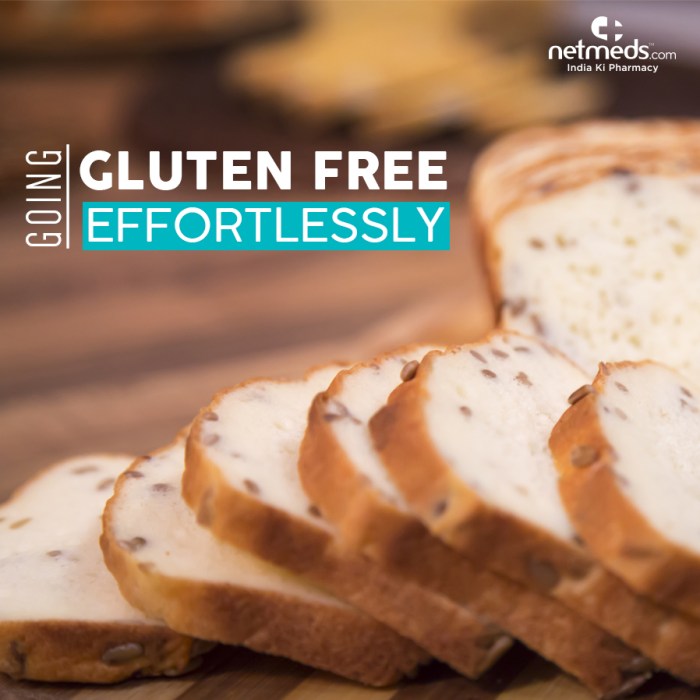
Embarking on a gluten-free journey is more than just swapping out bread. It’s about understanding the nuances of this lifestyle, and finding the resources and support to make it a seamless part of your daily life. This involves navigating grocery stores, restaurants, and social gatherings with confidence and ease.Successfully managing a gluten-free diet requires proactive planning and a deep understanding of food labels and potential cross-contamination.
This section explores the essential resources and strategies for a smooth and enjoyable gluten-free experience.
Gluten-Free Support Resources
Navigating a gluten-free lifestyle can feel overwhelming, but you’re not alone. Numerous resources are available to support your journey. Online communities and support groups provide valuable connections with others who understand the challenges and triumphs of gluten-free living. These communities offer a space to share experiences, tips, and recipes, fostering a sense of belonging and encouragement.
Online Gluten-Free Communities and Support Groups
Numerous online forums and social media groups cater specifically to gluten-free individuals. These platforms provide a space for sharing experiences, recipes, and tips. Finding a community that aligns with your needs and interests can significantly ease the transition to a gluten-free diet. Some popular platforms include dedicated Facebook groups, online forums, and specialized websites. These communities offer a sense of camaraderie and support that can be invaluable.
Careful Food Label Reading
Understanding food labels is paramount for maintaining a gluten-free diet. Look for hidden sources of gluten, such as malt, wheat, barley, and rye, and be aware of cross-contamination risks. Pay close attention to ingredients lists and allergen warnings. Learning to decipher food labels empowers you to make informed choices and avoid unintentional gluten intake.
Communicating Gluten-Free Needs
When dining out or attending social gatherings, communicating your gluten-free needs clearly and confidently is essential. Explaining your dietary restrictions to restaurant staff, clarifying any concerns about cross-contamination, and politely asking about ingredients or preparation methods are crucial. Practice clear communication, and be prepared with examples of gluten-free options or substitutions.
Meal Planning and Preparation
Meal planning is vital for managing a gluten-free diet effectively. It helps you maintain control over your food intake and ensures you’re consuming adequate nutrients. Plan your meals in advance, create a grocery list, and consider recipes that cater to your dietary needs. Proper meal preparation reduces the risk of accidental gluten consumption and promotes healthy eating habits.
Socializing and Eating Out
Maintaining a gluten-free lifestyle doesn’t mean missing out on social activities or dining experiences. Plan ahead, research restaurants, and be prepared to communicate your needs clearly. Engage with restaurant staff, inquire about gluten-free options, and be proactive in ensuring your food is safe. Bring your own snacks or gluten-free treats to social gatherings to ensure you have options available.
Gluten-Free Substitutes for Common Ingredients
This table provides examples of gluten-free substitutes for common ingredients, aiding in the transition to a gluten-free diet.
| Ingredient | Gluten-Free Substitute |
|---|---|
| All-purpose flour | Gluten-free all-purpose flour blend |
| Bread | Gluten-free bread |
| Pasta | Gluten-free pasta |
| Baked goods | Gluten-free baking mixes or flours |
| Soy Sauce | Gluten-free soy sauce |
| Worcestershire Sauce | Gluten-free Worcestershire sauce |
| Oats | Gluten-free oats (often available in different varieties and brands) |
Addressing Potential Misconceptions
The allure of a gluten-free diet often leads to misconceptions about its necessity and potential benefits. While it can be a valuable tool for managing certain conditions, a complete avoidance of gluten isn’t always the best approach. It’s crucial to understand the nuances of gluten-free living to make informed choices about your health and well-being.Misconceptions about gluten-free diets often stem from a lack of understanding about the actual impact of gluten on the body.
This can lead to unnecessary restrictions and potentially harmful outcomes. A critical analysis of the true benefits and drawbacks is essential for responsible dietary choices.
Common Misconceptions about Gluten-Free Diets
Gluten-free diets are frequently perceived as a panacea for various health issues, even those unrelated to celiac disease or gluten sensitivity. However, not all health problems are resolved by eliminating gluten. Some people mistakenly believe that gluten-free foods are automatically healthier or more nutritious than traditional options. In reality, this isn’t always the case. A gluten-free diet, if not carefully planned, can be deficient in essential nutrients.
Potential Downsides of Restrictive Diets
Restricting entire food groups, even for legitimate medical reasons, can lead to nutritional deficiencies. A balanced diet that includes a variety of foods is essential for optimal health. Eliminating entire food groups, such as grains, can impact the intake of essential vitamins, minerals, and fiber, crucial for overall well-being. This is particularly true if the restricted foods are not replaced with adequate substitutes.
Health Risks Associated with Eliminating Entire Food Groups
Eliminating entire food groups can lead to a lack of essential nutrients. This can manifest as deficiencies in vitamins, minerals, and fiber. For instance, eliminating grains can result in a lower intake of B vitamins, iron, and fiber, which are crucial for various bodily functions. Careful planning and supplementation might be necessary to avoid these deficiencies.
Importance of Balanced Nutrition in a Gluten-Free Diet
A balanced gluten-free diet is crucial for maintaining optimal health. This requires a conscious effort to include a variety of fruits, vegetables, lean proteins, and healthy fats. It is not simply about replacing gluten-containing foods; it’s about creating a complete and nourishing dietary plan. This includes ensuring adequate intake of essential nutrients through a diverse selection of foods.
Importance of Consulting a Healthcare Professional
Before making any significant dietary changes, including adopting a gluten-free diet, it’s essential to consult with a healthcare professional or registered dietitian. They can assess individual needs and provide personalized recommendations. This is particularly important for individuals with underlying health conditions or those with specific dietary requirements.
Healthy Alternatives to a Completely Gluten-Free Diet
While a complete gluten-free diet may be necessary for some individuals, for others, a more moderate approach can be beneficial. This involves incorporating gluten-free alternatives judiciously, not as a complete replacement. Examples include choosing whole-grain options like brown rice, quinoa, or oats (when appropriate for individual needs), rather than relying solely on gluten-free products. Incorporating gluten-containing foods in moderation can be part of a healthy diet for some individuals.
Comparing Nutritional Value of Gluten-Free and Non-Gluten-Free Options
| Nutrient | Gluten-Free Alternative | Non-Gluten-Free Equivalent | Notes |
|---|---|---|---|
| Fiber | Brown rice | Brown bread | Both offer good fiber, but quantities may vary |
| Iron | Lentils | Spinach | Both are excellent sources of iron; lentils are often gluten-free |
| Protein | Chicken breast | Chicken breast | Protein content is similar in both options |
| Vitamins (e.g., B vitamins) | Fortified Gluten-free cereals | Fortified whole-grain cereals | Fortified options are crucial to compensate for potential deficiencies |
Note that the nutritional value can vary significantly based on the specific food choices. Always refer to nutrition labels for precise information.
Last Recap: Feel Better Gluten Free
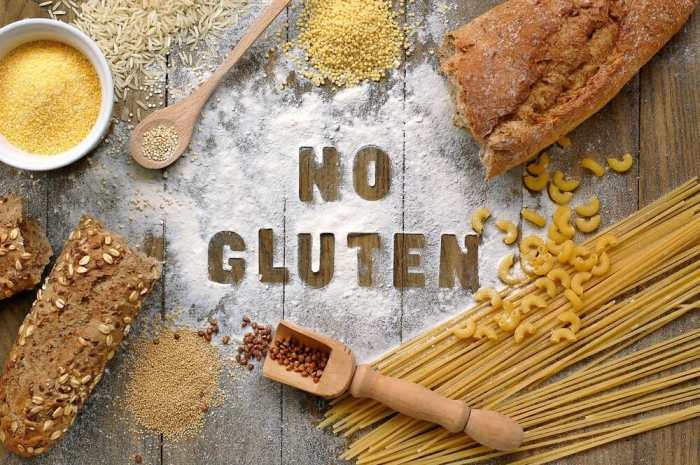
Embarking on a gluten-free journey can be transformative, leading to a healthier, more energized you. This guide has explored the diverse facets of gluten-free living, from understanding the motivations behind this dietary choice to practical tips for navigating everyday situations. Remember, informed choices, coupled with careful planning, are key to success. By acknowledging potential misconceptions and focusing on balanced nutrition, you can make gluten-free living a positive and fulfilling experience.
Ultimately, this guide aims to empower you to take control of your health and well-being.
